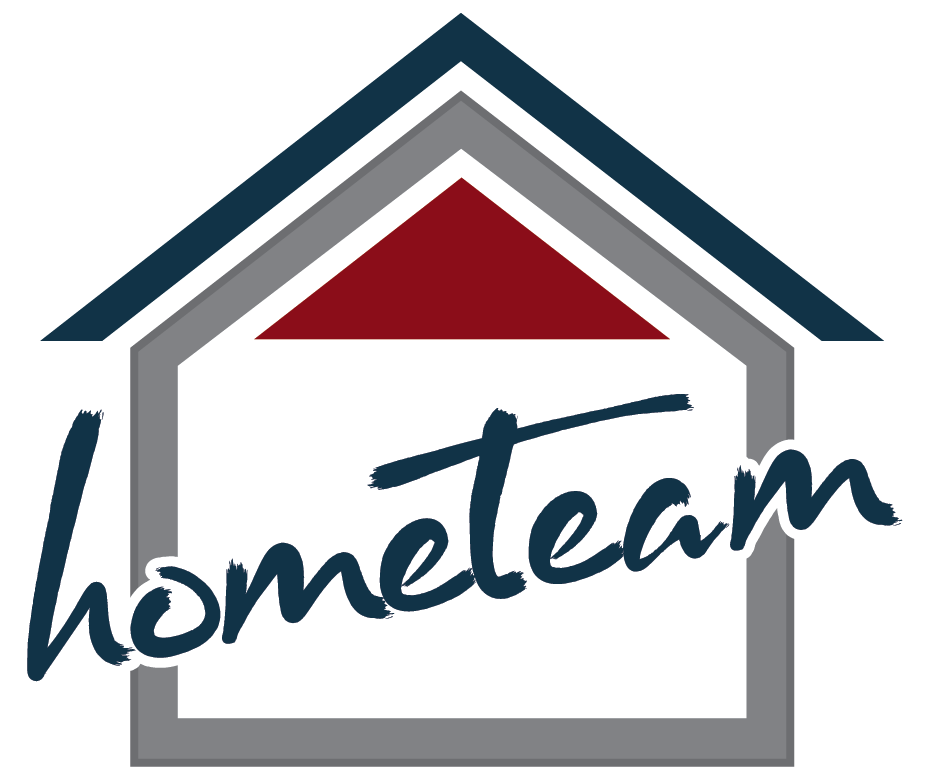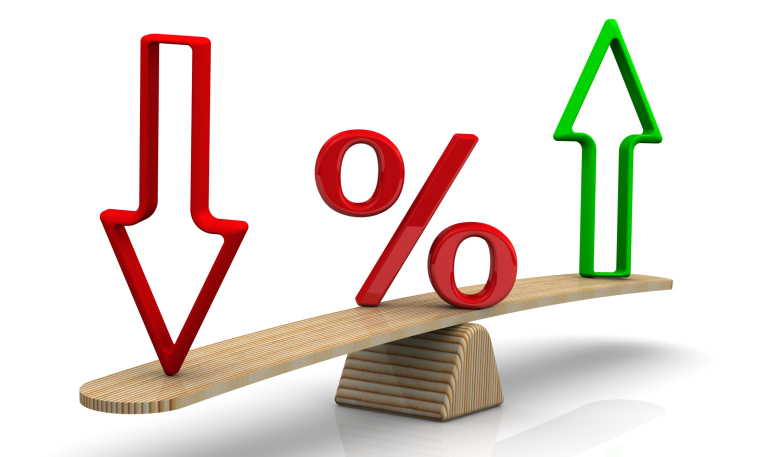I once had a conversation with my father about his experience buying his first house in the 1960s. When he told me that his mortgage interest rate was 4% I nearly fell on the floor. Why? Because, while mortgage rates are at record lows right now, at the time of the conversation in 1981 mortgage rates were a gut-wrenching 15.40%, even after two points! (A point is 1% of the loan amount and can be used to lower the rate or cover loan fees by paying the lender.)

Here’s The Deal
Most people today do not realize the opportunity they have in terms of how incredibly low mortgage rates are at the moment.
When it comes to real estate, people always talk about the good old days of yesteryear, when homes were so much less expensive. The truth is, though, that right now home loans are inexpensive compared to what they once were. We’re talking about rates that are hovering at historically low points, rates at levels many people thought they would never see again.
According to the< a href=”https://www.homes.com/Mortgage-Rates/FL/” target=”_blank”>Homes.com mortgage chart from Bankrate.com, the current rate for a 30-year fixed mortgage is about 3.6% in Florida. In September of 1981 the average rate was an astronomical 18.45%.
Rates today are jaw-dropping cheap when you compare them to the past 30 years or so. Sure, 1981 was a tough time with hyper-inflation, but look at the turn of the century–rates were 6.95% in 2001, with nearly a point extra to boot.
To truly appreciate the bargains available on the mortgage market today, let’s take a look at mortgage rates in March over the past few decades as provided by Freddie Mac, a public/government sponsored entity that handles the secondary market for mortgages.
Table: Average rate and points on a 30-year fixed mortgage for March

What Does This Mean For Us?
If the above table doesn’t get the point across than this definitely will: Using the mortgage calculator from Homes.com, the current monthly payment for a 30-year fixed rate mortgage of $300,000 at 3.67% would be $1,375. That’s for 360 months.
Now, if you doubled that rate to 6.5%, the monthly payment for the same 30-year loan would be $1,896. Doesn’t seem to bad, but if you add up the difference over 360 payments, that comes out to $187,560 more money a person has to dish out for their home. You could upgrade to a bigger home with all of that extra cash!
Now, let’s go back to the scary days of 15% mortgages. The monthly payment for a $300,000 mortgage for 30 years would be $3,793. Ouch.
Rates Are Always Changing
As you can see, it used to be much harder to buy a home than it is today, and with rates forecast to increase, it may start getting harder again.

According to the economists at the Mortgage Bankers Association, rates are going to steadily creep upward in the next two years. The Federal Reserve Board has already raised rates slightly this year.
Table: MBA Forecast for 30-year Fixed Rates By Quarter

See the pattern? Rates are beginning to increase, and the last quarter of 2017 is projected to be close to breaking the 5% mark.
Ironically, despite the fact that rates are low, many people seem to be shying away from mortgages at the moment–perhaps they like the simplicity of renting. But if ever there was an opportune time to buy a home, it is now. Rates are on the upswing and the window for amazing mortgage deals is closing. History has a funny way of repeating itself and we can’t discount the inflated rates of the past.
The Pros and Cons of Home Ownership
Of course, it’s not smart to buy a house if you can’t afford it. As you begin to consider investing in real estate take a look at your debt to income ratio to determine what type of house you can buy and talk to a mortgage pro or real estate agent.
There are great advantages to home ownership. For one, you own equity, which is a great feeling, especially when you make your final loan payment. As you pay your mortgage you are building equity into your home, and even if you decide to sell before you completely pay off your mortgage, part of the property value is yours. Also, property value typically increases over time, meaning that you may gain more equity. As a homeowner that is your equity, not your landlords.

Secondly, there are tax benefits to owning a home– you may be able to deduct the interest on your mortgage or get a break from property taxes.
Also, unlike renting, where rents can go up or you may have to move to a place where rents are higher, with a fixed rate mortgage your monthly home payment will remain the same, which is a great feeling (Although, escrow amounts for taxes and insurance can vary).
Weigh the Pros and Cons
Of course, there is a flip side to homeownership. Homes need repairs from time to time, and they are often unexpected. Also, you have to purchase homeowners insurance, pay property taxes, and possibly homeowner association fees (if you live in a condo or development.) Obviously, you can’t just walk out of your home and move on the spot like you can as a renter. All that being said, there are serious benefits to homeownership that in most cases outweigh the cons.
Has this sparked your interest in buying a home? Talk to one of our real estate or mortgage pros atHomes.com and they can help you determine what you may or may not be able to afford.
One thing is for certain–the numbers don’t lie. Mortgage rates are fantastic right now, and economists are saying that they won’t stay that way. If you are considering buying a home and wondering about whether or not you are getting a good deal on a mortgage, chances are that you are. And who knows? Some day you may be telling your children about the days of 3.5% mortgages!

